Scientific name Trifolium subterraneum Rank Species | Genus Trifolium Higher classification Clover | |
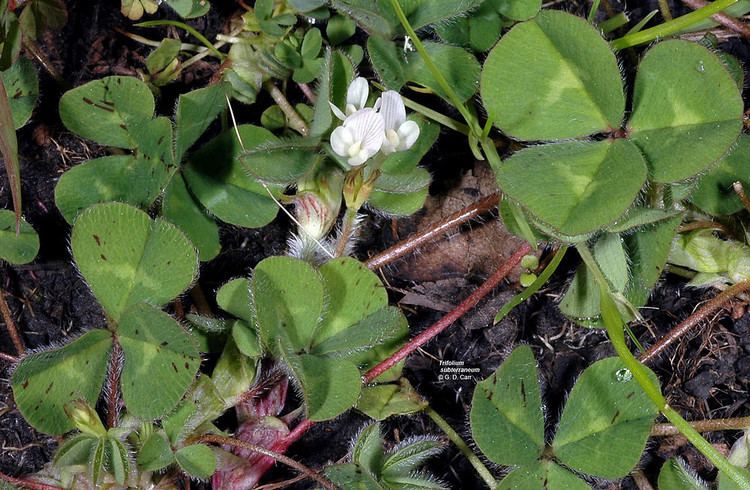 | ||
Similar Clover, Trifolium incarnatum, Trifolium resupinatum, Legumes, White Clover | ||
Trifolium subterraneum, the subterranean clover (often shortened to sub clover), is a species of clover native to northwestern Europe, from Ireland east to Belgium. The plant's name comes from its underground seed development (geocarpy), a characteristic not possessed by other clovers.

It can thrive in poor-quality soil where other clovers cannot survive, and is grown commercially for animal fodder. There are three distinct subspecies used in agriculture, each with its own ideal climate and soil type, allowing for wide distribution of the plant over varied environments.
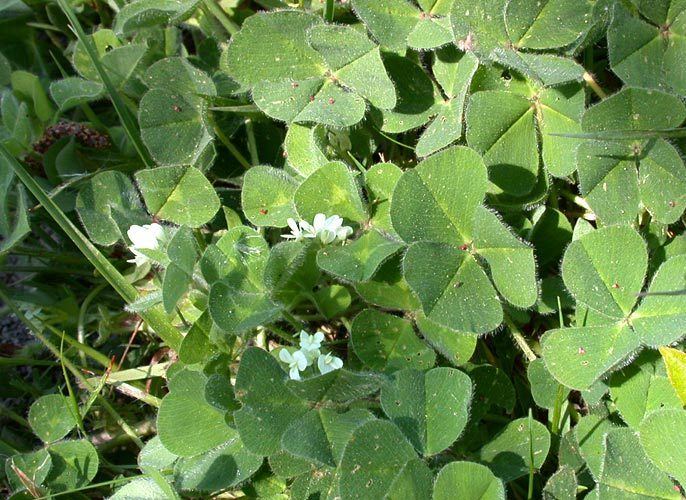
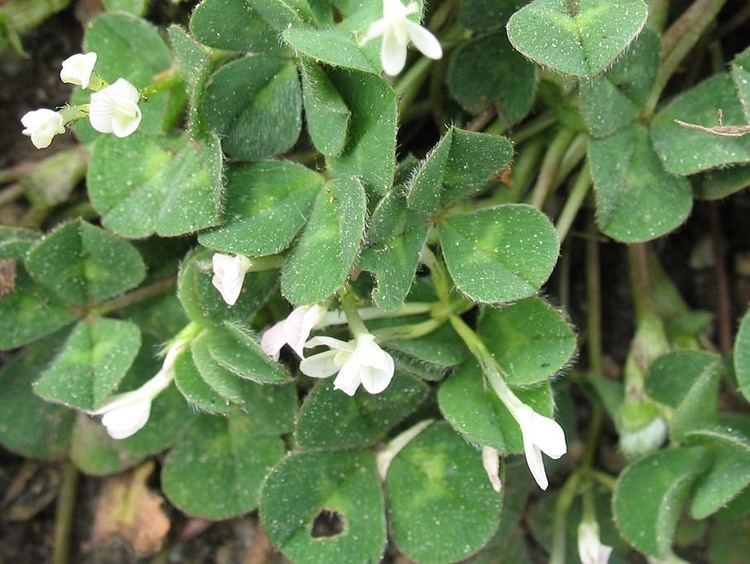
Some systematists consider the three plants to be separate species. There are many strains and varieties of these subspecies, but few are in wide use. The technique of mixing the subspecies in one field is popular as a method of ensuring a dense crop. Also, subterranean clover is sometimes mixed with alfalfa for a longer-lasting grazing pasture.
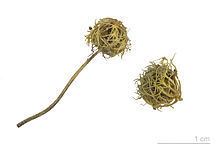
This species is self-fertilizing, unlike most legume forage crops such as alfalfa and other clovers, which are pollinated by insects, especially honeybees. The flowers of subclover are often located beneath its leaves and are low in nectar, making access both difficult and unappealing for bees. These characteristics also make the plant less attractive to certain types of pest insects.
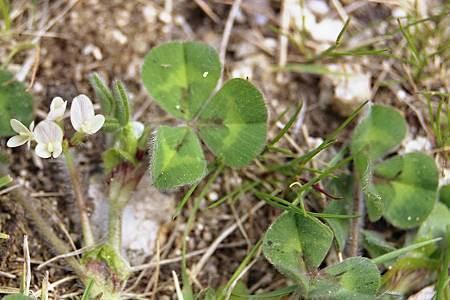
Subterranean clover is one of the most commonly grown forage crops in Australia. It is also grown in places such as California and Texas, where the extreme ranges of soil type and quality, rainfall, and temperature make the variable tolerances of sub clover especially useful.
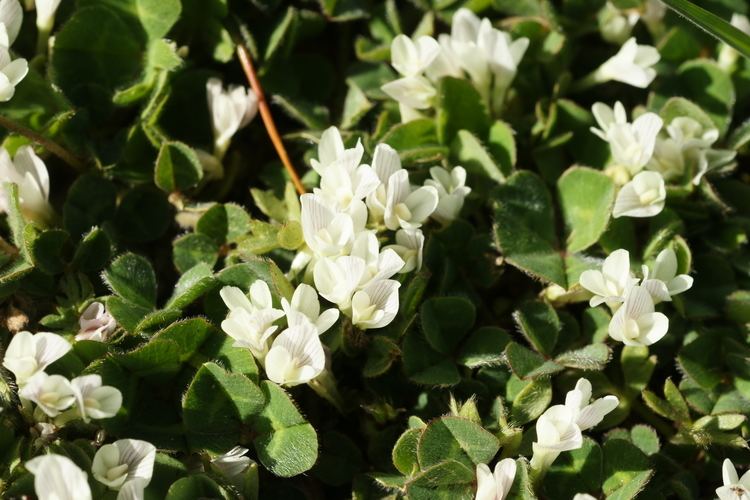
Discovery
While subterranean clover had been known for a very long time in Central and Southern Europe, it was looked upon as a roadside weed. Its value as a fodder crop was discovered, proved and first promoted by Amos William (A.W.) Howard, of Mount Barker, South Australia. Howard proved the clover to be a valuable fodder plant in some soil types in temperate climates. Subterranean clover revolutionised farming practice, converting many struggling farms into successful livestock holdings.
The discovery spread across Australia and to many other countries, due largely to Howard's generosity in publishing articles about the clover, supplying seed free of charge around the world, and advising on handling. By the time of his death on 2 March 1930, thousands of hectares in South Australia were carrying subterranean clover. It was also growing in all Australian States, and requests for seed and information were being received in great numbers from almost all countries in the world which had a temperate climate.
Howard's work is commemorated by a roadside plaque, by the incorporation of a clover leaf into the arms of the District Council of Mount Barker, and by the Howard Vineyard and winery on the same site.
